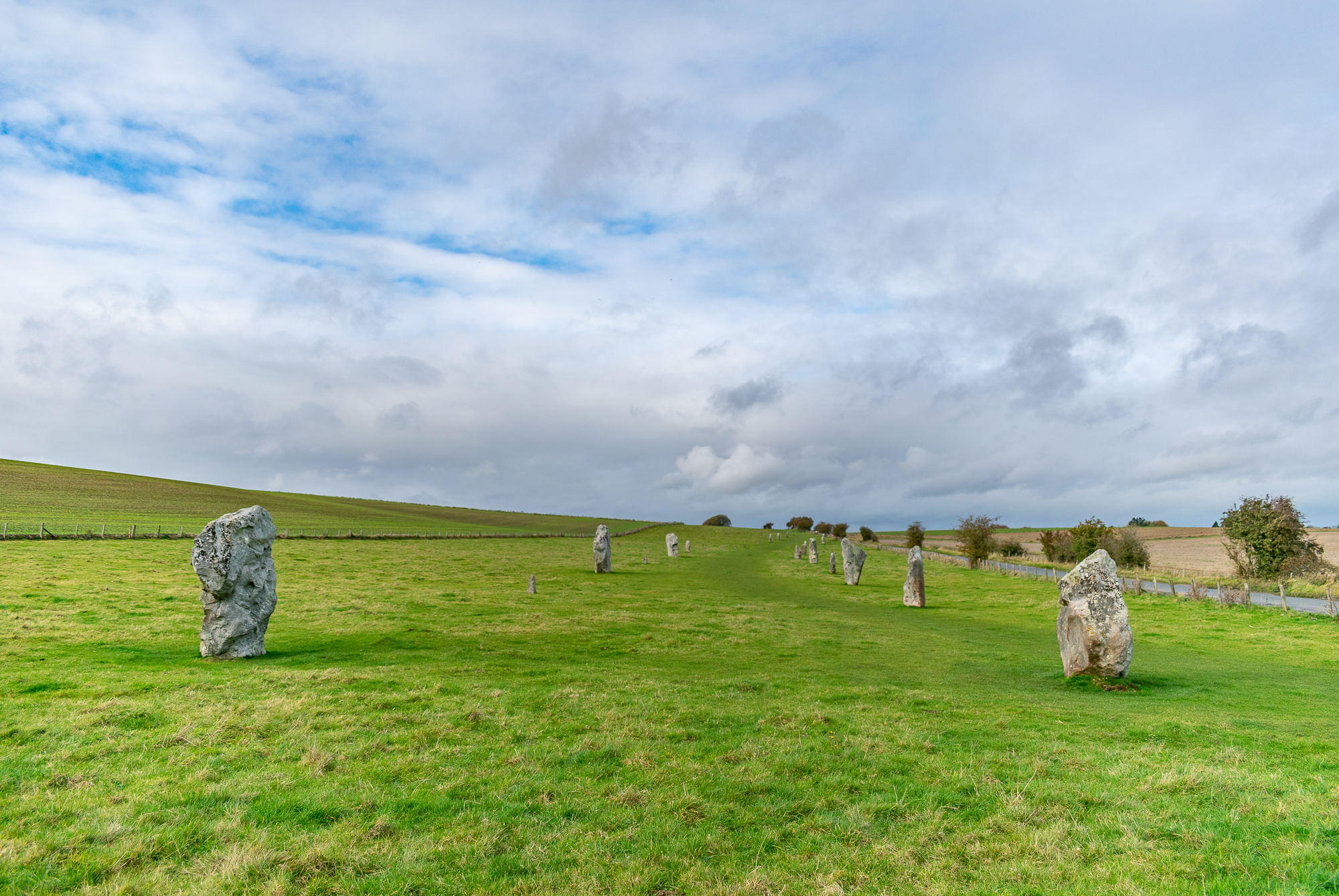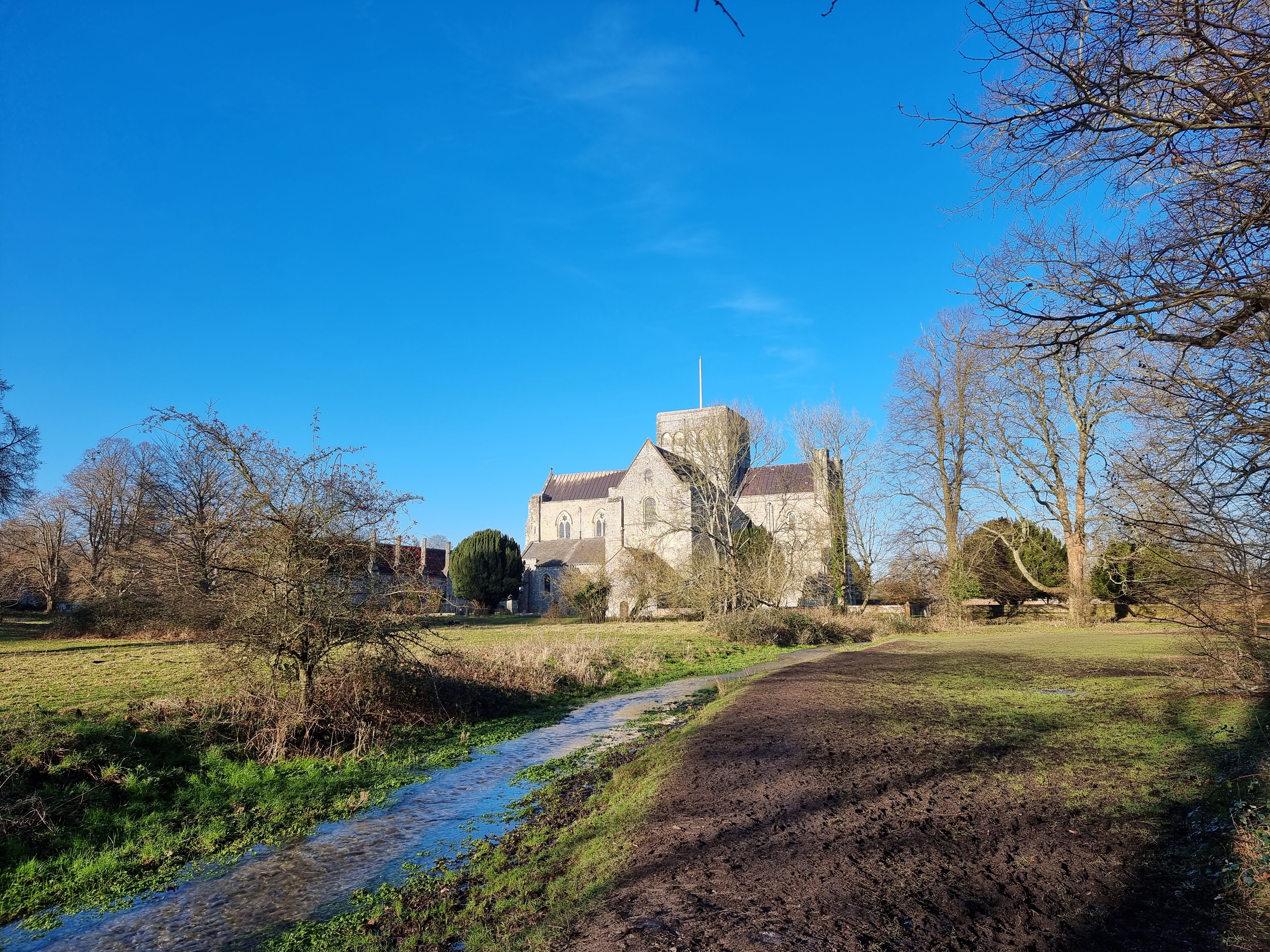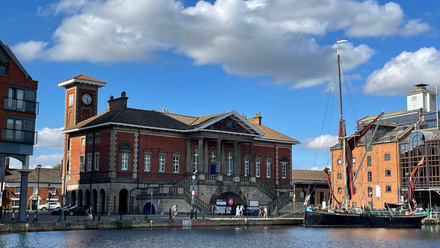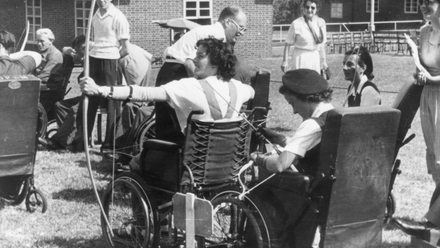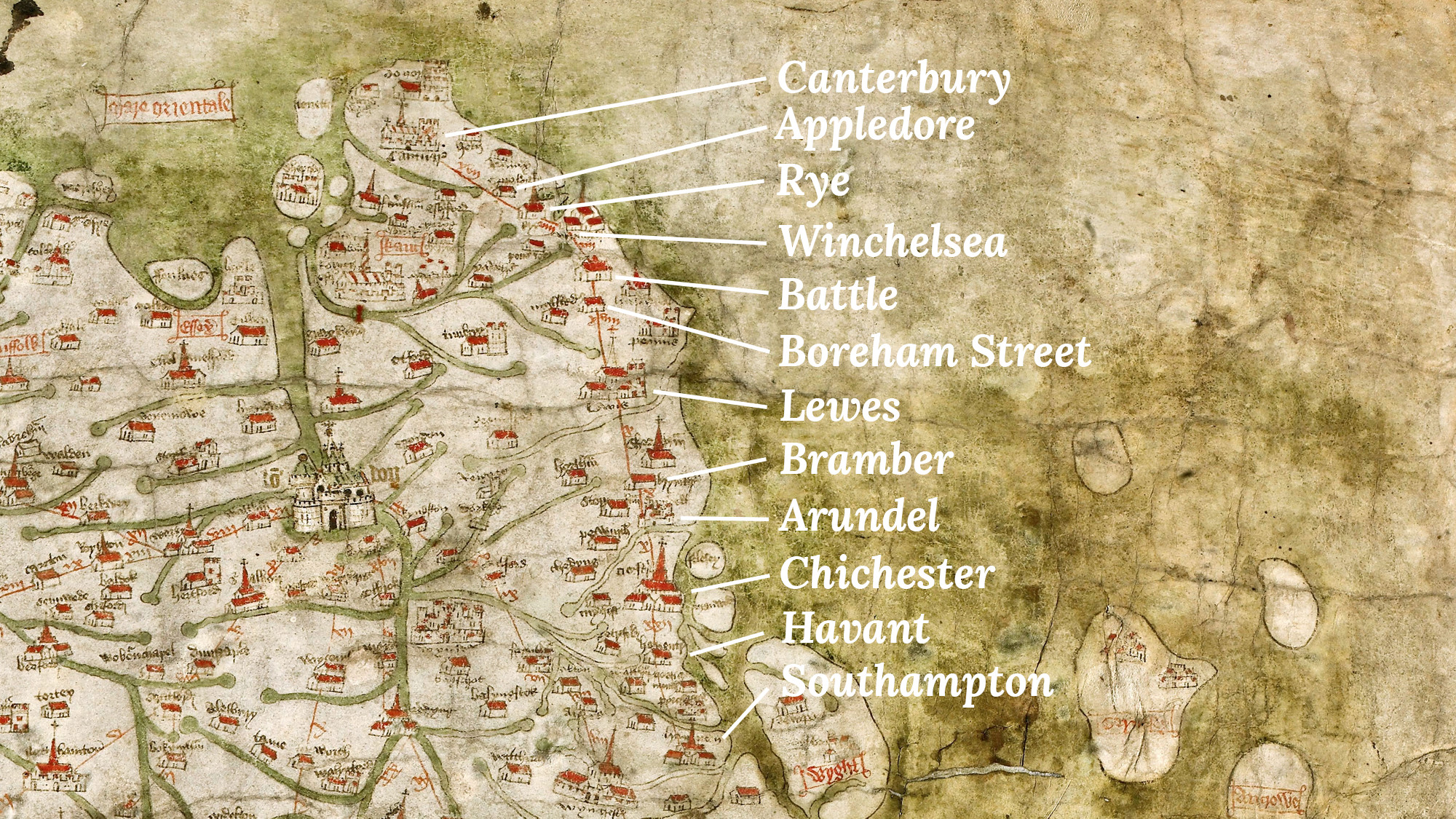
My muddy boots
Chaucer* tells us that April is the month when “longen folk to goon on pilgrimages” and I am certainly looking forward to the explosion of birdsong, greenery and firmer paths that springtime brings. Modern footwear means you don’t even have to wait until April, which is how I found myself walking lots of mud into a Porters’ Lodge in January. I was guiding pilgrims to Winchester and our last stop before the city was the Hospital of St Cross.
(*Geoffrey Chaucer was a 13th century poet, best known for 'The Canterbury Tales', 24 stories about a group of pilgrims travelling together.)
Ancient paths
Pilgrimage routes such as the Pilgrims Way and Old Way follow truly ancient paths, borne out of the ridgelines and river crossings which hold the memory of nomadism in the early British Landscape. Often these paths are all that remains of the ancient landscape, hills and valleys radically altered by subsequent changes of use, ownership and care. These ancient paths were held open in part by the rise of pilgrimage, which now creates a joining thread between other, later stories.
Modern hearts
Today’s pilgrims may have better footwear than their historical counterparts, but the urge is the same. What makes their journey a pilgrimage is their intention - setting out seeking personal meaning in the places they see, people they meet, and experiences they discover on the way. Pilgrimage takes you out of your everyday life and puts your body in the land. But your intention also takes you on an inner journey. At any one moment, we almost all have at least one question we want answering, or something we want to bring into our lives, or let go of. This ancient practice of walking with intention offers a way of seeking these things in our land’s ancient and forgotten places.
So if a taste of bread and beer can become an unbroken promise of care for wayfarers through the centuries, a walk can be a journey to inner transformation through outer travel in the land. Well worth the muddy boots.
Find out more
The British Pilgrimage Trust is a charity that advocates for the benefits and joy of pilgrimage. They offer a comprehensive resource for learning about and planning pilgrimages in Britain, modernising the traditional. They develop and publicise new and old paths as well as the practice of pilgrimage itself by suggesting people say ‘bring your own beliefs’.
- British Pilgrimage Trust
- Routes-Networks-Connections – This year Heritage Open Days is celebrating how people and ideas have moved around and come together throughout history.


